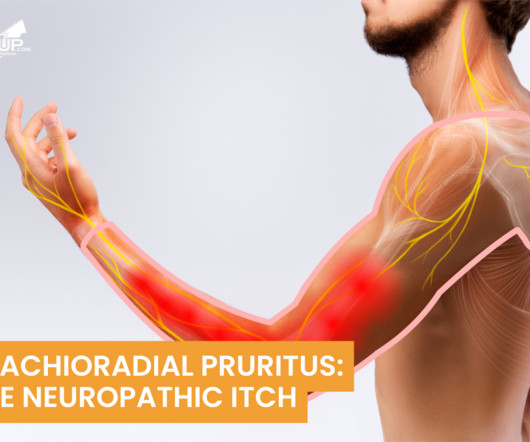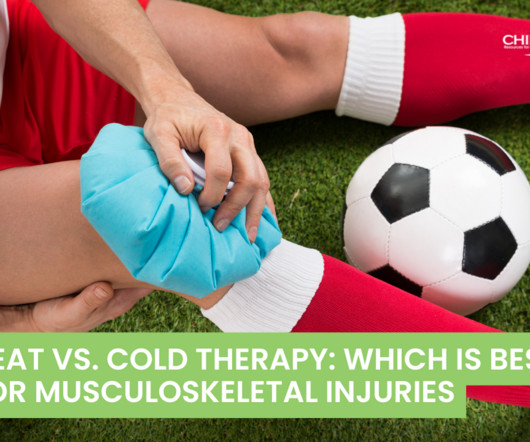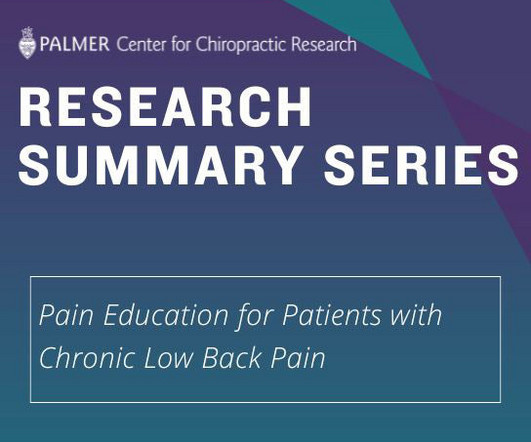Brachioradial Pruritus: The Neuropathic Itch Every DC Should Recognize
ChiroUp
JANUARY 2, 2025
Fast Fact Clinically and via the ice pack sign Brachioradial pruritis ICD10: L29.9 - Pruritus, unspecified. A brachioradial pruritus diagnosis is primarily accomplished through clinical history and physical examination. Conservative options include cervical manipulation, manual therapy, traction, modalities, and therapeutic exercise.












Let's personalize your content